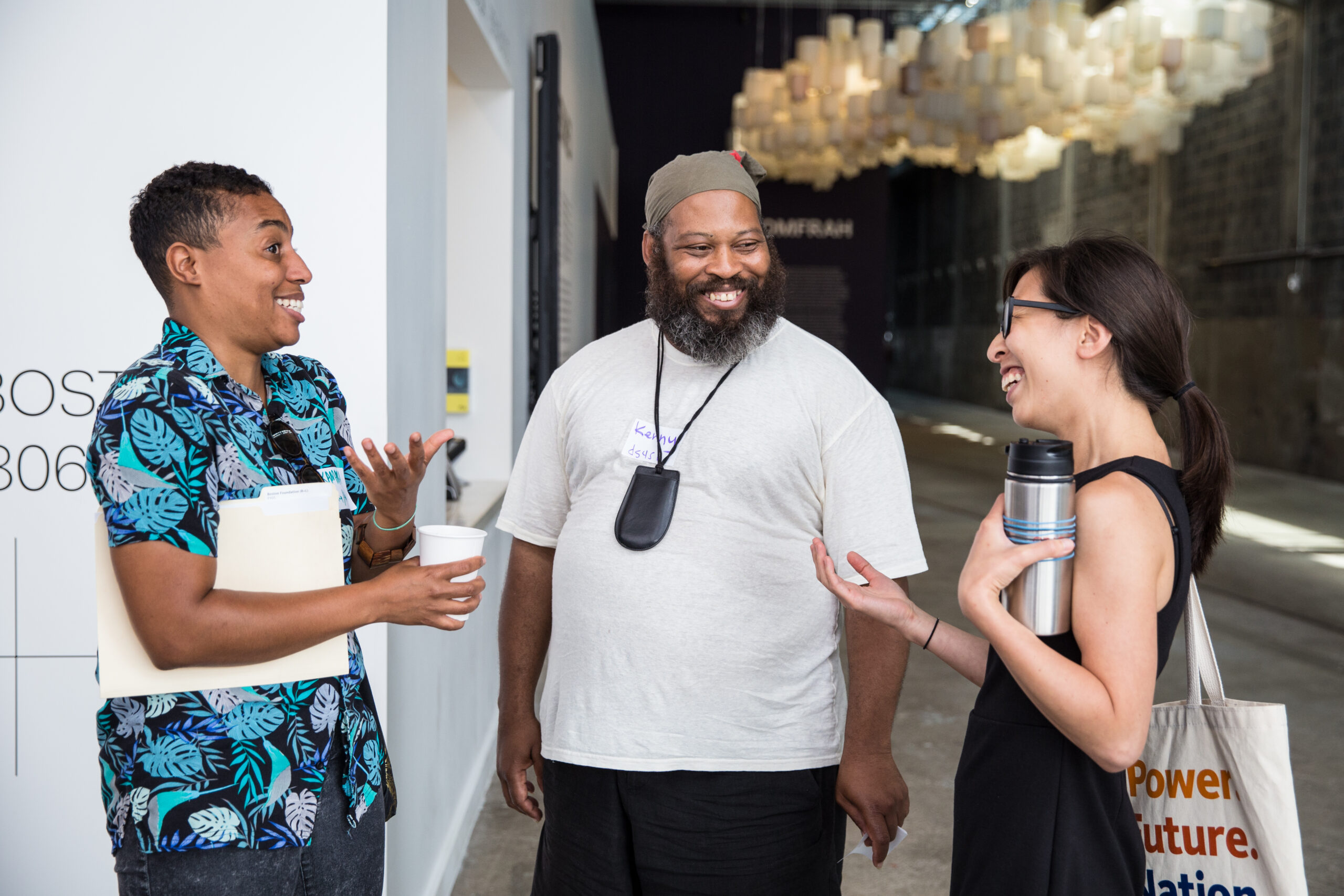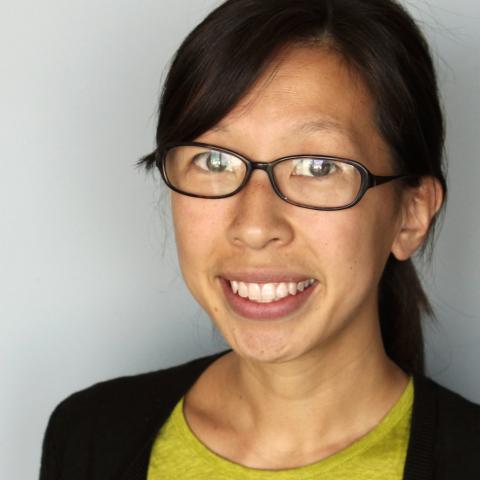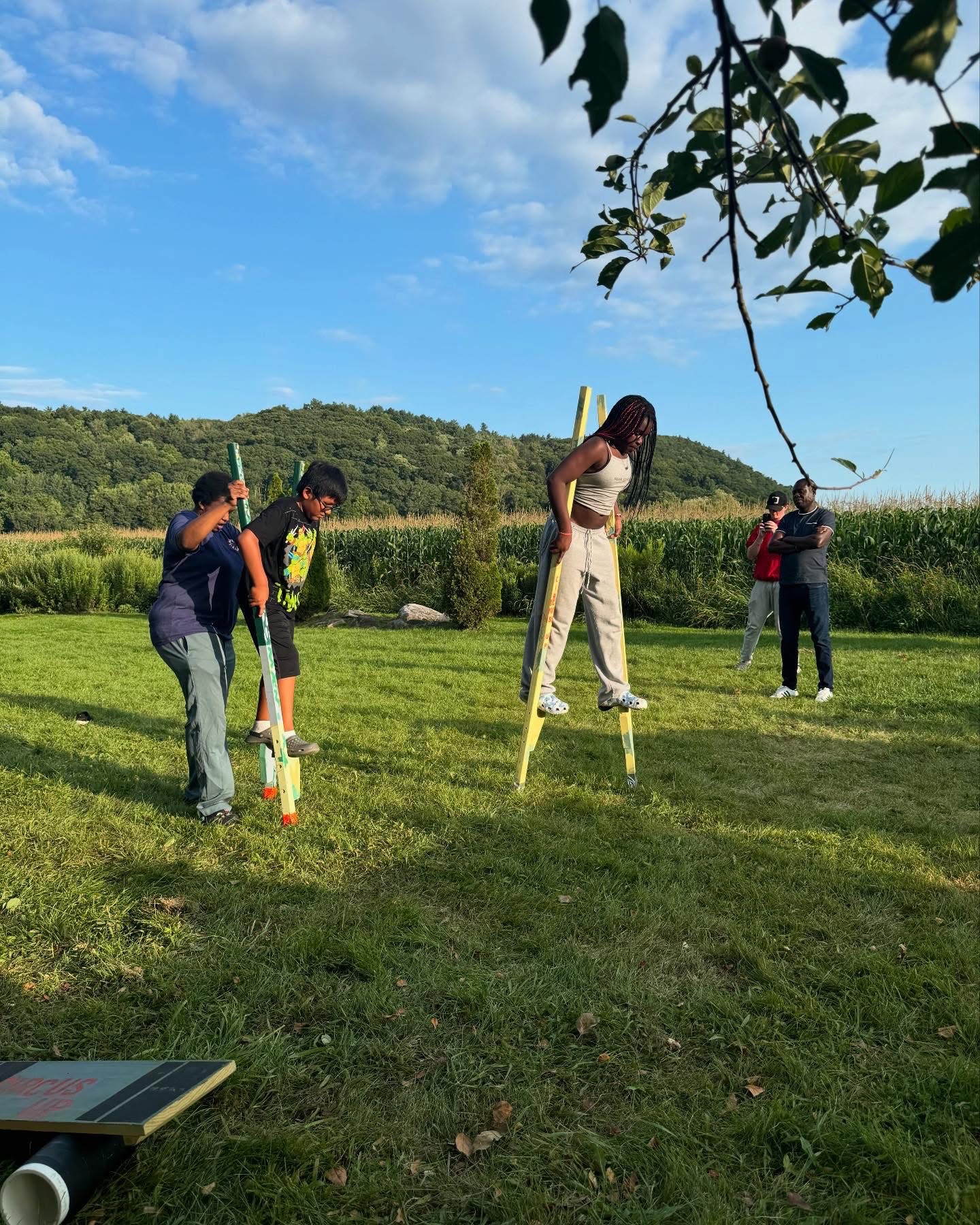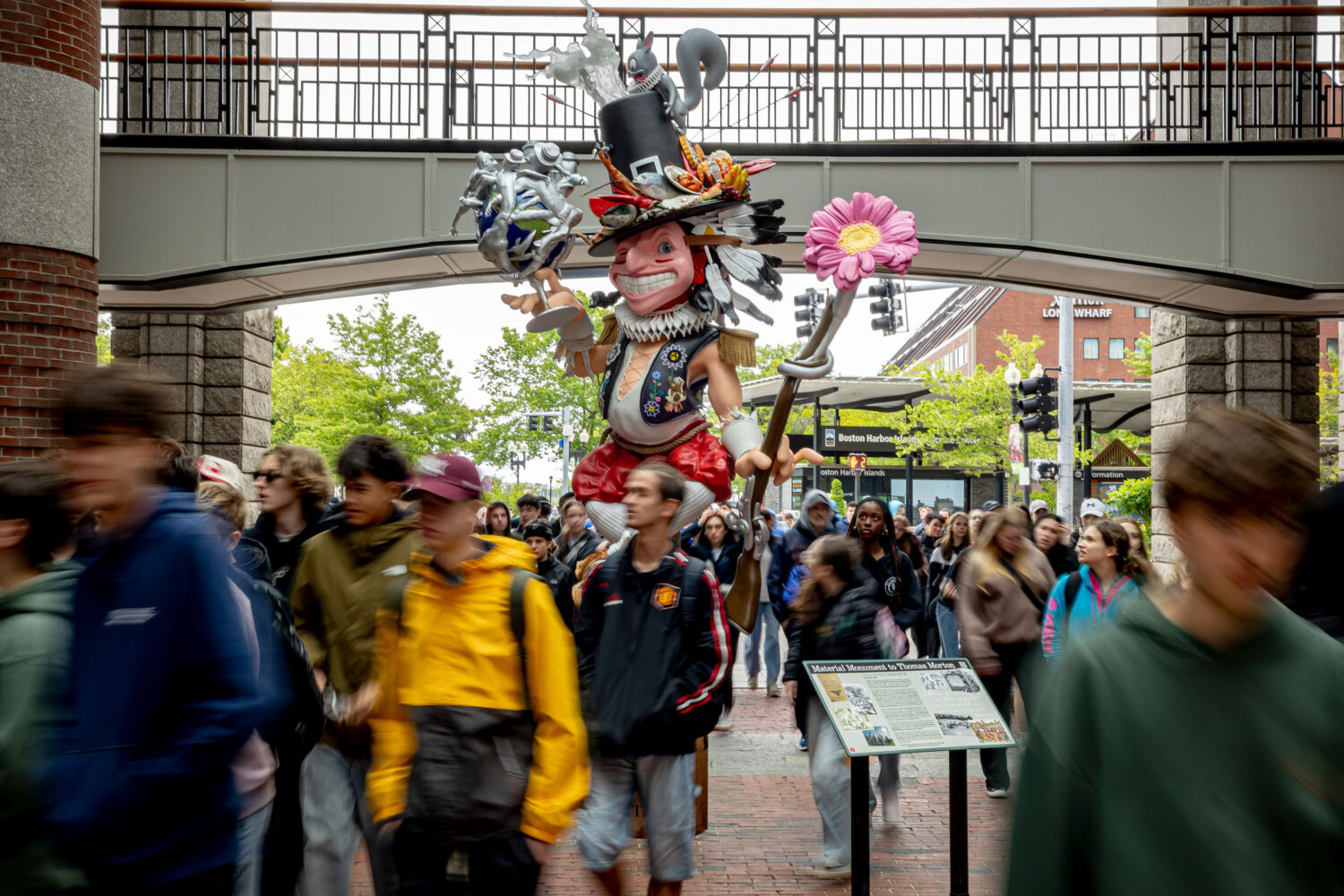At this moment, we are reckoning with a culture and systems that have, for generations, marginalized and oppressed certain people – especially Black and other communities of color, indigenous peoples, and immigrants. Returning to the way things were is not good enough. This is why we need artists. They help us reimagine a better world. And, this is why the Barr Foundation Arts & Creativity Program is supporting New England Foundation for the Arts’ new public art grants focused on spatial justice. We invited Kim Szeto, NEFA Program Director, to introduce this opportunity – and to share the thinking behind this new effort to reimagine public spaces that affirm all people deserve to be heard, seen, and valued.
New England Foundation for the Arts (NEFA) is excited to launch two new public art grant opportunities. These grants support artists and community collaborators across Massachusetts to imagine and create public art that fosters more just, more vibrant, more welcoming public spaces, and contributes to changing the course of our collective future for the better.
- Collective Imagination for Spatial Justice grants support teams of artists and co-conspirators to take the time to do the necessary work of imagining how to transform public spaces in their communities with grants ranging from $2,000-5,000.
- Public Art for Spatial Justice grants support Massachusetts-based artists and artistic collaborations.These project grants range from $5,000-$10,000.
Our next application deadlines for both opportunities are September 21 and October 19, 2020.
What is Spatial Justice?
As I’m reminded by our colleagues at the U.S. Department of Arts and Culture, “everything created must first be imagined, including our collective future. Social imagination is a prerequisite to positive social change.”
As COVID-19 remains a threat to public health, our public spaces also continue to be plagued with the racial injustices of policing Black people, the resounding impacts of historical disinvestment in communities of color – particularly Black communities – through the redlining policies of the last century, and the amnesia of the original displacement and continued attempts at erasure of Indigenous peoples from this land.
A spatial justice framework helps us to recognize that public spaces are not neutral. And public art made in public places is not neutral. Many of our public spaces have been designed to normalize the aesthetics and activities of a dominant white culture that shape the spoken and unspoken expectations of our public culture.Our colleagues at the Design Studio for Social Intervention (ds4si) who initially introduced us to the concept of spatial justice, have helped us understand that spatial justice is about public culture – it’s about who has the right to be, thrive, express, and connect in and across public space.When I think about who is welcomed to be in public spaces, I have to ask myself, “Who isn’t welcome to be in public?” Unfortunately, George Floyd wasn’t.Ahmaud Arbery wasn’t. Their deaths were not the result of COVID-19 in this pandemic, but rather the prevalence of white supremacy culture and anti-Blackness that our current public culture has helped to normalize.
Public art has the power to “make the normal strange” as Lori Lobenstine, co-founder of ds4si often says. Public artmaking through a spatial justice framework is about fostering dialogue by thoughtfully and creatively engaging the context of place. Places have history, communities (often multiple communities over time) that take pride in them, and futures yet to be written. That’s what gives public artmaking power to change our future. It can de-normalize white supremacy culture and anti-Blackness; and, it can center on Black, Indigenous, and people of color, and the many intersectionalities of their identities, cultures, and artistic expressions. Artists are essential co-conspirators on this this collective journey towards imagining more just futures into being.
We are in a future-changing, future-creating moment. These new grants are intentional about supporting public artmaking that help us to see, feel, experience, embody, and imagine more just, more vibrant, more welcoming public spaces and changing the course of our collective future for the better.
To learn more and apply for these grant opportunities, visit:
In the brief video below, Kim Szeto and her NEFA colleague, Kamaria Carrington, answer frequently asked questions about these new grant opportunities:




